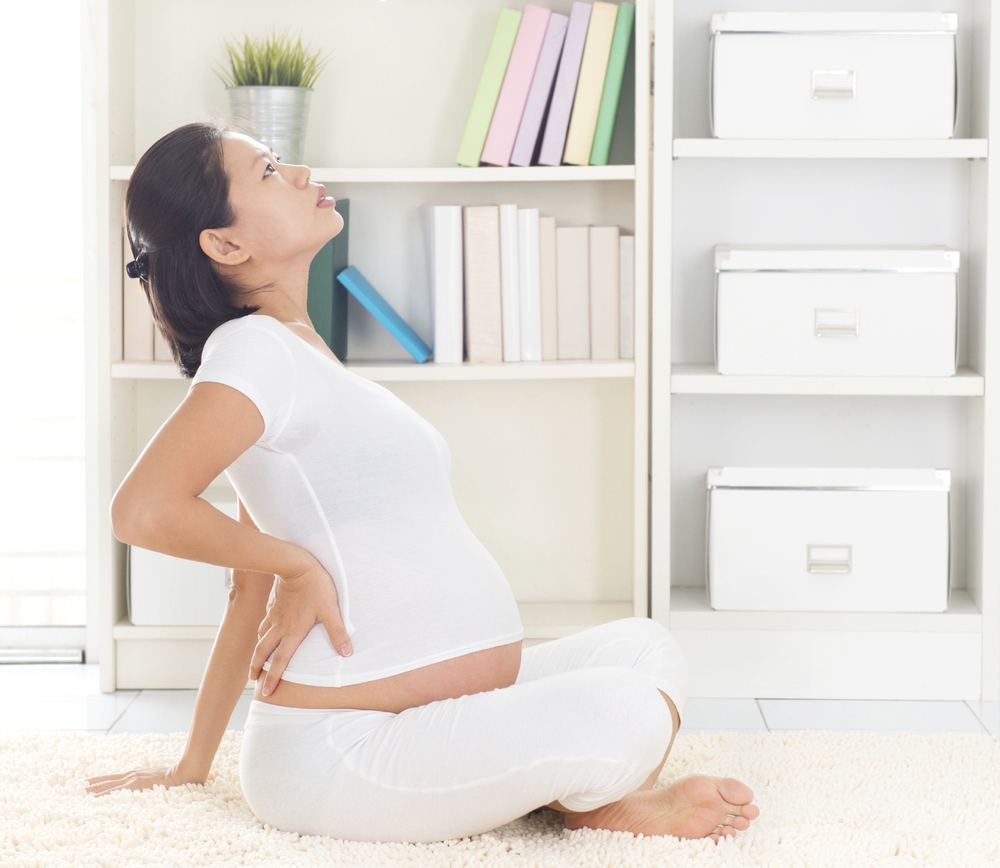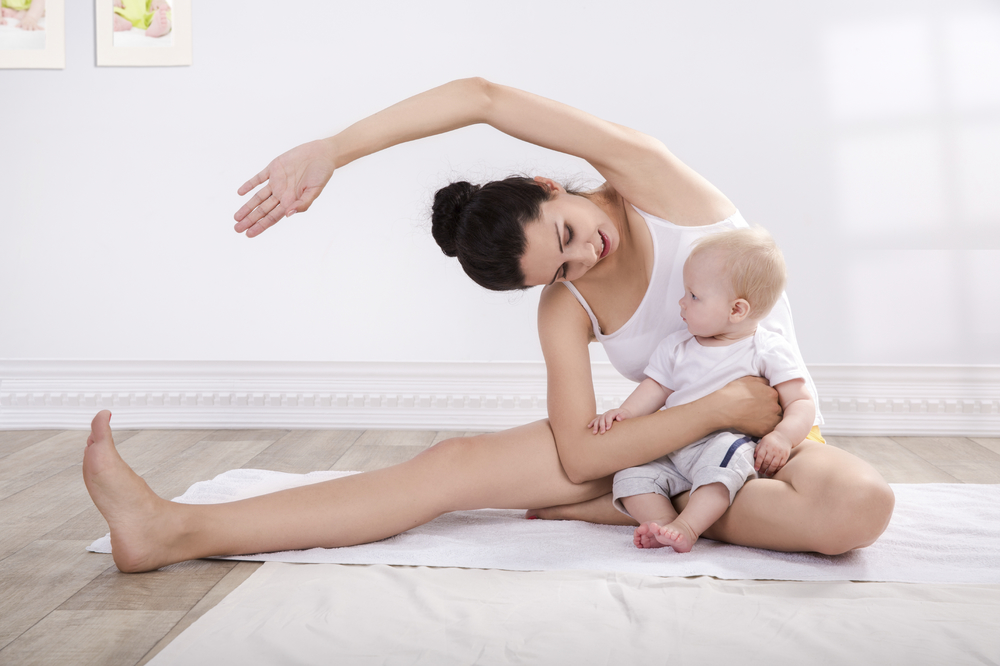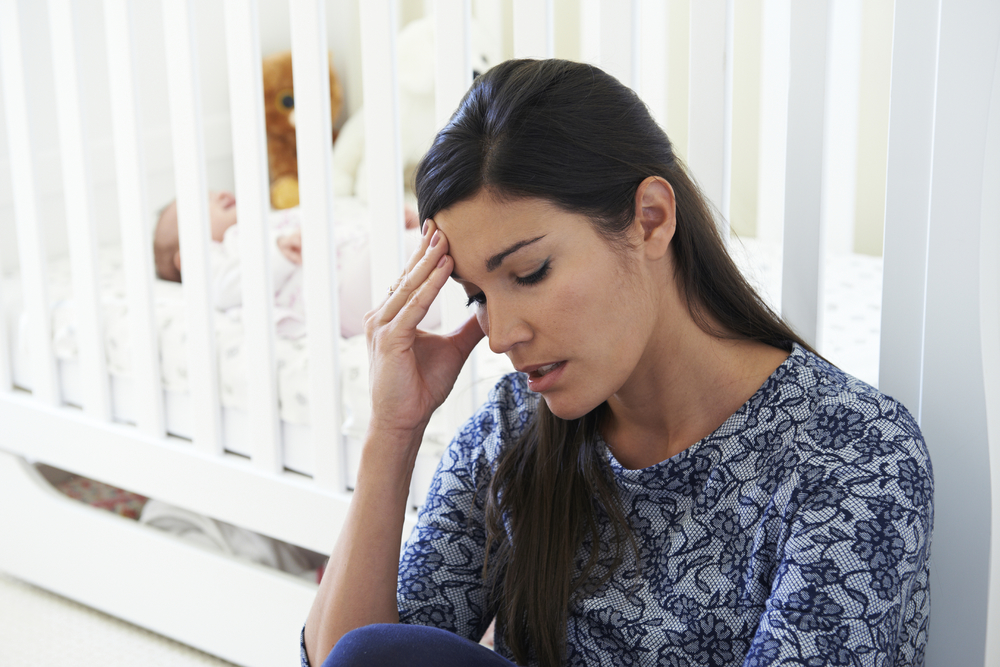
Childbirth is not a neat and clean or entirely predictable process, which is part of the reason why I opted to have my babies at a hospital rather than at home. However, many women who have had home births swear by them, including those who have had the experience of delivering a baby in a hospital to compare it to. This is the case with one of my dearest friends Brooke – she delivered her first baby at a hospital, and the second in the comfort of her own home in a birthing tub – and swears she would have a home birth if she were to do it again.
The best thing about having a trusted girlfriend dish about childbirth is that you can rest assured she’s telling the truth.

The peptide hormone relaxin is responsible for this increase in flexibility during pregnancy. As the name implies, relaxin “relaxes” or increases the elasticity and of joints and muscles.

Feeling tired, overwhelmed, insecure or downright exhausted after pregnancy are all valid reasons to avoid getting (back) on the exercise train. After all, the thought of punishing ourselves with copious amounts of crunches in hopes of regaining some assemblance of a waistline sounds like the opposite of fun, right?
While it may seem like the last thing on your mind, there are far too many benefits from exercising postpartum to ignore. Aside from getting back into your skinny jeans, getting active promotes cardiovascular fitness, muscular strength and toning, can boost your energy level, improve your mood, relieve stress and help combat postpartum depression.

The period after delivery is often considered the “fourth trimester”, lasting between 30 days and three months. There are a number of changes that occur in a woman’s body during this time including many hormones fluctuations, including estrogen levels dropping approximately 300%. This hormonal shift generally takes an average of 10 days to balance out. With the hormone changes that occur post-pregnancy coupled with sleep deprivation, adapting to the demands of a newborn, and so many other requirements, it is normal for a new mom or even a seasoned mom to have multiple changes in mood over the course of a day. After the much anticipated arrival of the new baby and the excitement of birth, it may come as a surprise for new moms to experience emotions such as sadness and anxiety.
Here are five general recommendations for treating low mood after delivery:

Up to 80% of all mothers experience some degree of low mood or “baby blues” after their baby is born.
The period after delivery is often considered the “fourth trimester” and can last between 30 days and three months. There are many changes that occur in a woman’s body during this time including hormone fluctuations where estrogen levels drop approximately 300%.

Up to 80% of all mothers experience some degree of low mood or “baby blues” generally starting around day two postpartum lasting up to two weeks. In rare cases baby blues can last a few months to a year. Symptoms include:

Postpartum psychosis is a rare medical condition experienced by 1-2 out of a 1000 women in the postpartum period.
Sleep is so important but the optimal amount is different for each family member.
It depends on age and other factors.
Find out the healthy sleep ranges by age, for you and your growing family.
Starting with babies (newborn to one year),
toddlers, preschoolers, school aged
children, teens and adults.
Guide to optimal family sleep (daytime naps & at night)
FREE download
Family Health
All the must know health tips for every member of your family, at every age. We're supporting your informed health decisions.
browse
Brands We Love
We only recommend brands we trust and that align with our values. From natural remedies to books, teething toys and beauty products.
browse
Nutrition
Delicious recipes & meal plans,
nutrition tips from physicians and health experts. We make it easier to enjoy your food, and more importantly, your life!
browse
Be the first to know about special
offers and resources
for our community only.
Don't miss out!
Become a Calm Parent Insider
FREE gifts & resources
